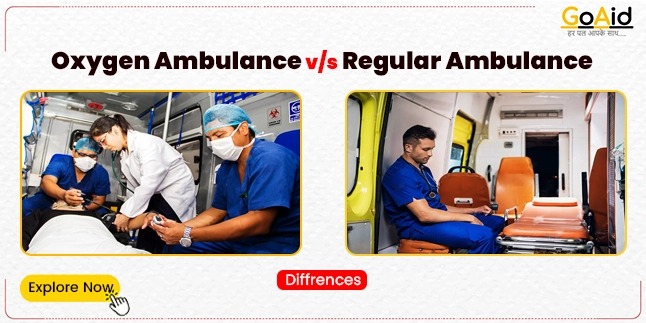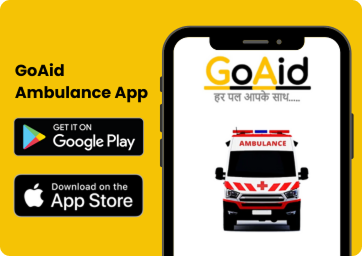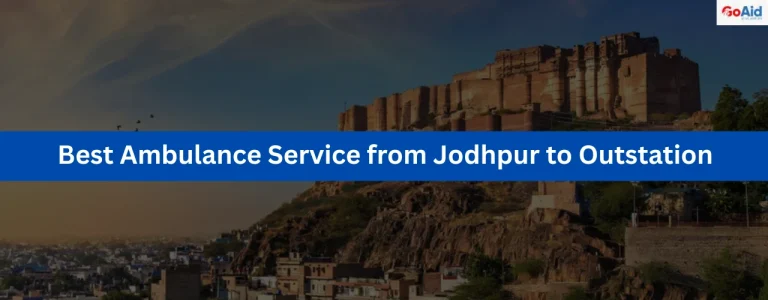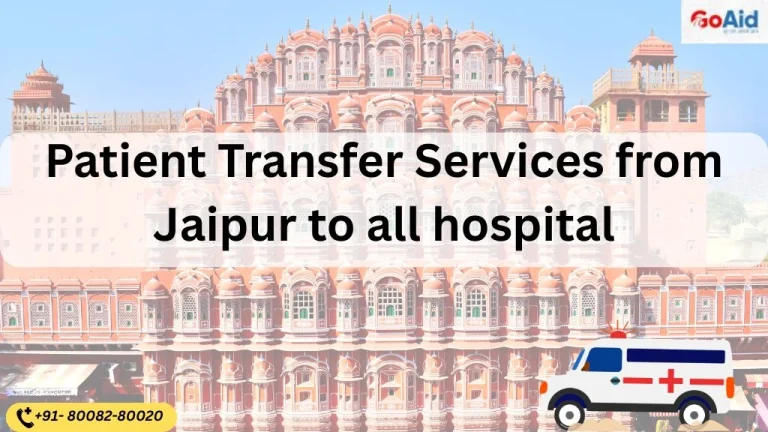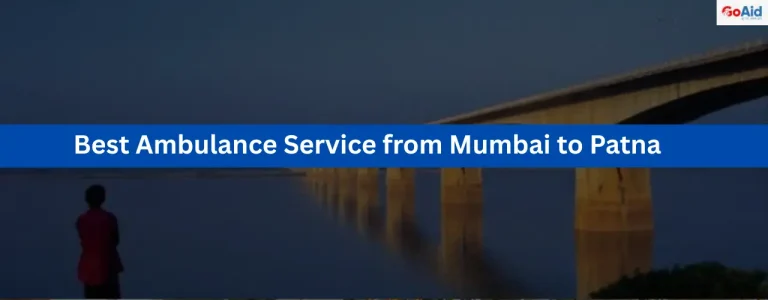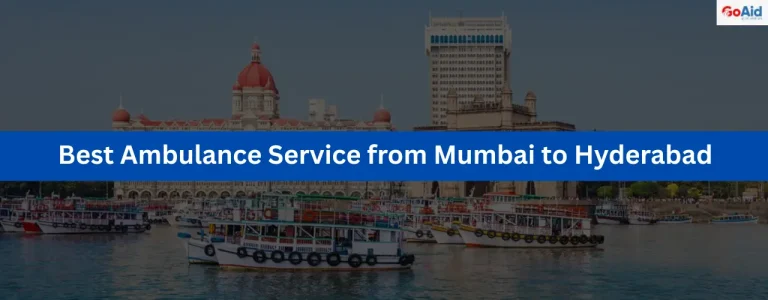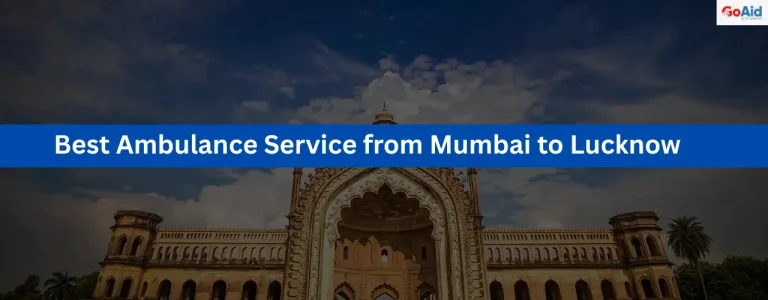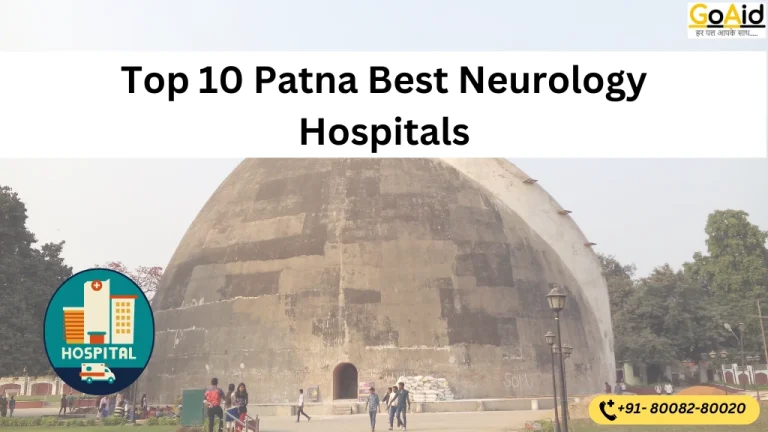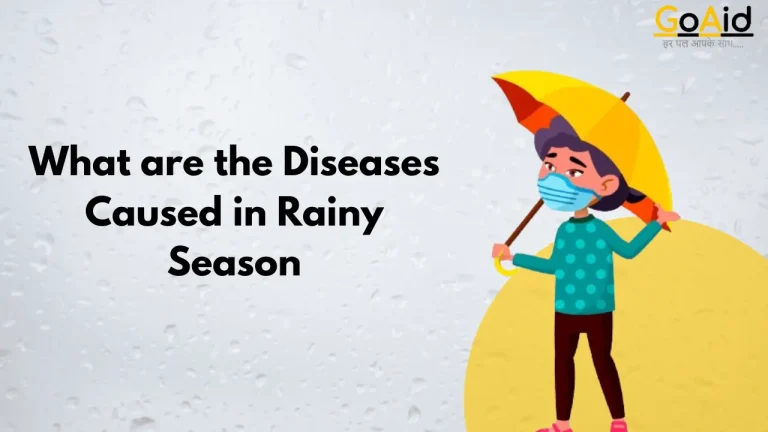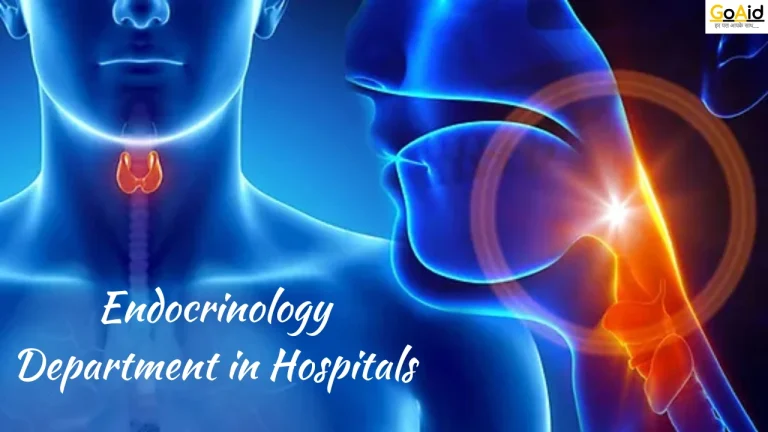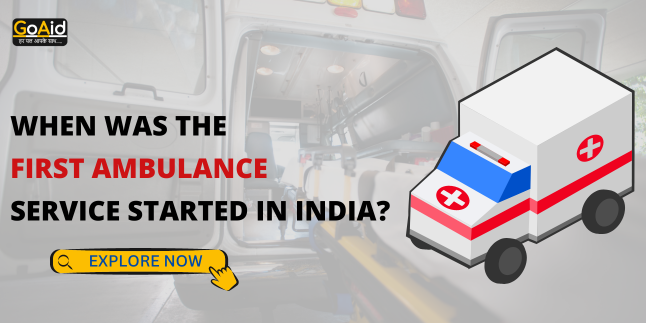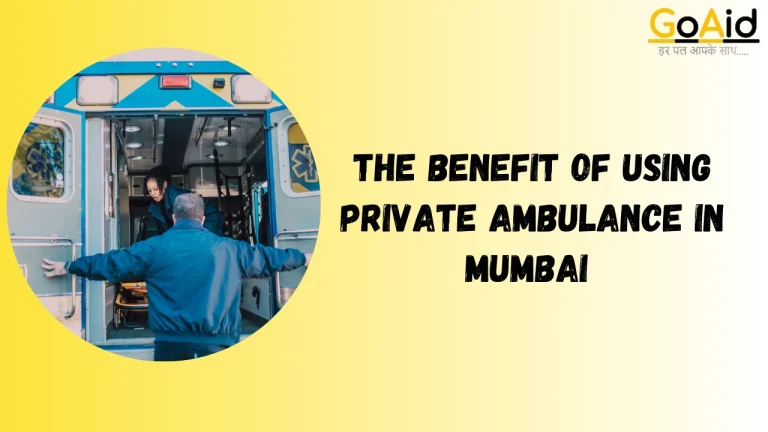Oxygen Ambulance vs. Regular Ambulance: There are different types of ambulances available in India and worldwide, each with specific features and tasks. These ambulances can be categorized in many types such as regular ambulances, oxygen ambulances, ICU ventilator ambulances, air ambulances, BLS ambulances, dead body ambulances, and more.
However, people often get confused between two common types of ambulances: Oxygen Ambulance vs. Regular Ambulance.
Many people donŌĆÖt have much idea about the differences between an Oxygen Ambulance vs. Regular Ambulance. In this blog, we have listed key differences to help you distinguish between them.
What is an Oxygen Ambulance?
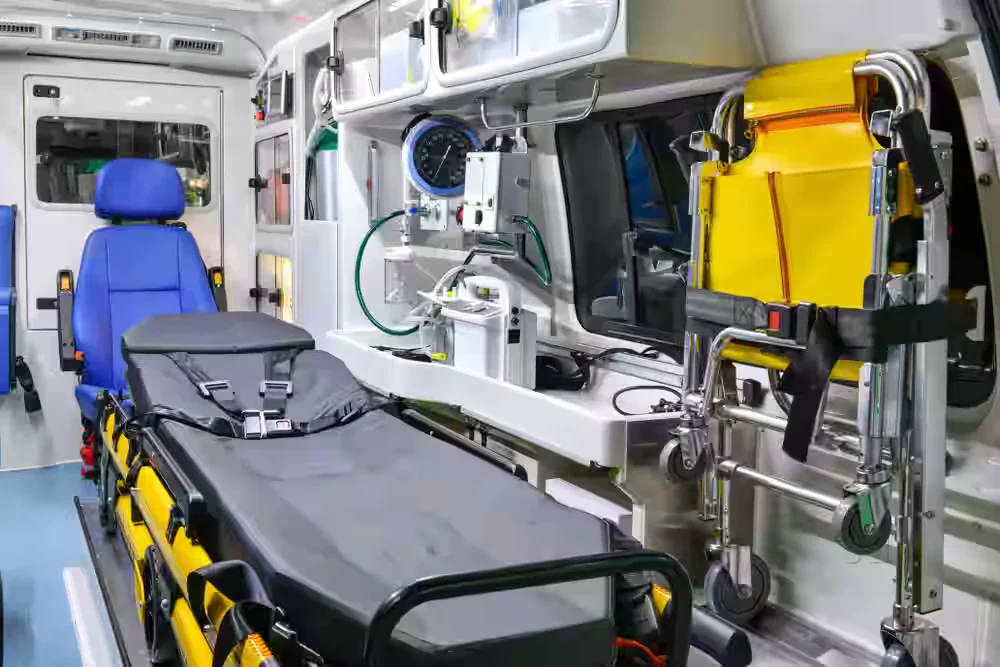
An Oxygen Ambulance is a special type of ambulance that carries oxygen for people who have trouble breathing. It has specialized equipment like oxygen tanks and masks to ensure patients receive the oxygen they need while being transported to the hospital. This ambulance is crucial for people with breathing problems, heart issues, or in an emergency where someone can’t breathe properly. It helps to quickly connect people to doctors and hospitals when they are in a critical situation.
Also Read: 10 reasons to choose GoAid Ambulance for your medical transport
What is a Regular Ambulance?
A Regular / Normal Ambulance is a vehicle used to transport sick or injured people to the hospital. It is equipped with basic medical equipment and is staffed by trained medical professionals, such as paramedics or emergency medical technicians. These ambulances are used for a wide range of medical emergencies, from car accidents to heart attacks. They are designed to provide immediate medical care and ensure patients are safe and stable during transport to the hospital for further treatment.
Oxygen Ambulance vs. Regular Ambulance: Key Differences
We have listed around 15 differences between an Oxygen Ambulance vs. Regular Ambulance:
| Oxygen Ambulance | Regular Ambulance |
| Equipped with medical-grade oxygen tanks and masks for patients with breathing issues. | May have basic oxygen equipment but are not specialized for continuous oxygen support. |
| Primarily used for respiratory emergencies and conditions requiring oxygen therapy. | Used for a wide range of medical emergencies and conditions. |
| Staffed by medical professionals trained in oxygen therapy and respiratory care. | Staffed by paramedics or emergency medical technicians with general medical training. |
| Essential for patients in remote or rural areas with limited healthcare facilities. | Used for transporting patients from various locations to hospitals. |
| Facilitates long-distance transfers of patients who require continuous oxygen support. | Typically used for shorter distances and local transfers. |
| Provides continuous oxygen supply during transportation to the hospital. | This may provide initial oxygen support but not a continuous supply. |
| Essential for patients with chronic illnesses or elderly patients who may require oxygen support. | Serves a broader patient population, including accident victims and individuals with acute medical conditions. |
| Vital for stabilizing patients with respiratory failure or distress en route to the hospital. | Focuses on stabilizing a wide range of medical conditions during transit. |
| Improves outcomes for critical patients by providing specialized care during transportation. | Aims to provide immediate care and safe transportation for various medical emergencies. |
| Enhances emergency preparedness for respiratory emergencies and natural disasters. | Provides general emergency medical services and responds to various incidents. |
| This may include equipment specifically for respiratory procedures and treatments. | Equipped with general medical supplies and equipment for a variety of medical emergencies. |
| Essential in situations like carbon monoxide poisoning where high-flow oxygen is needed. | Handles cases of poisoning but may not have the capability for high-flow oxygen therapy. |
| Often used for patients undergoing medical procedures that may compromise breathing. | Transports patients pre- and post-medical procedures but is not necessarily focused on respiratory support. |
| Offers peace of mind for families with members susceptible to respiratory issues. | Provides assurance to families that medical help is available in case of emergencies. |
| Enhances community health infrastructure with a focus on respiratory care. | Contributes to general emergency medical services and healthcare infrastructure. |

